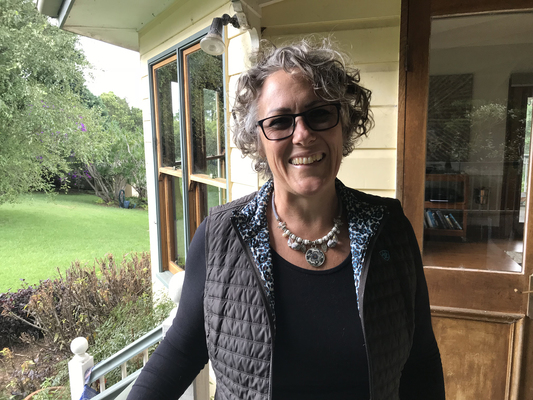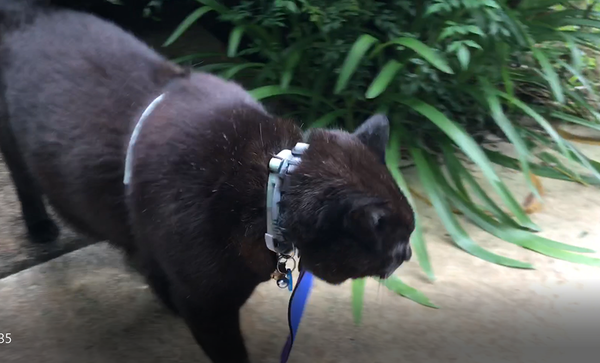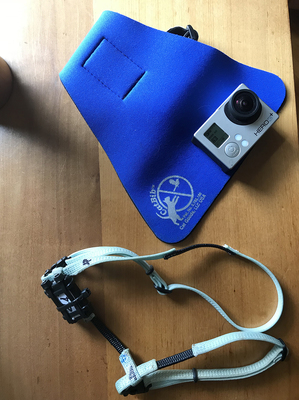By Abbey Cannan
Cats across the Sunshine Coast are hitting the streets in high-tech cat harnesses, all in the name of environmental science.
University of the Sunshine Coast researcher Nicole Galea is kitting out household moggies with harnesses and accelerometers to track how they are behaving once they are outdoors, in a bid to boost wildlife protection efforts.
Nicole said domestic cats have long been responsible for preying on native wildlife, and yet many of the Sunshine Coast’s estimated 38,600 domestic cats are left outside at night.
Nicole, who is studying a Bachelor of Ecology Honours supervised by Dr Christofer Clemente, said the devices could monitor whether a cat was walking, running, hunting or pouncing.
“We are studying biomechanics, which is the way the cat is moving, so that we can understand what they are getting up to at night long after we go to bed,” she said.
“Camera trapping only shows a snippet of what the cats are up to, and human observation can be very difficult, whereas the accelerometer is showing us activities and behaviours that can give us a better idea of how cats are truly impacting the bushland.”
Volunteer cat owners across the Coast are being asked to use the devices for eight consecutive nights with all data being recorded based on their cat’s unique movements.
“We know where the cats go, but we don’t know what they are doing and the impact they are having on bushland,” Nicole said.
“Biometric data will give us important information to help us manage them more effectively.”
The research will also assess the effectiveness of a cat “bib” designed to restrict a cat’s natural hunting movements and give prey a better chance of escaping.
The data will also feed into a national study called Using performance to predict the survival of threatened mammals.
Nicole eventually wants to work in biosecurity and said an approach like this could eventually be tailored to understand and manage other invasive species. Her research has been supported by the Friends of Mary Cairncross Association.








